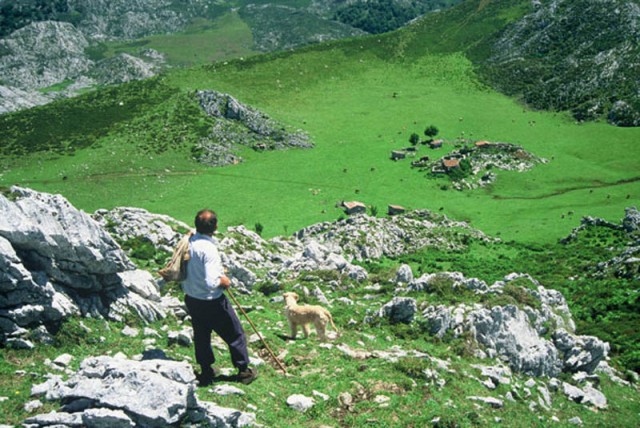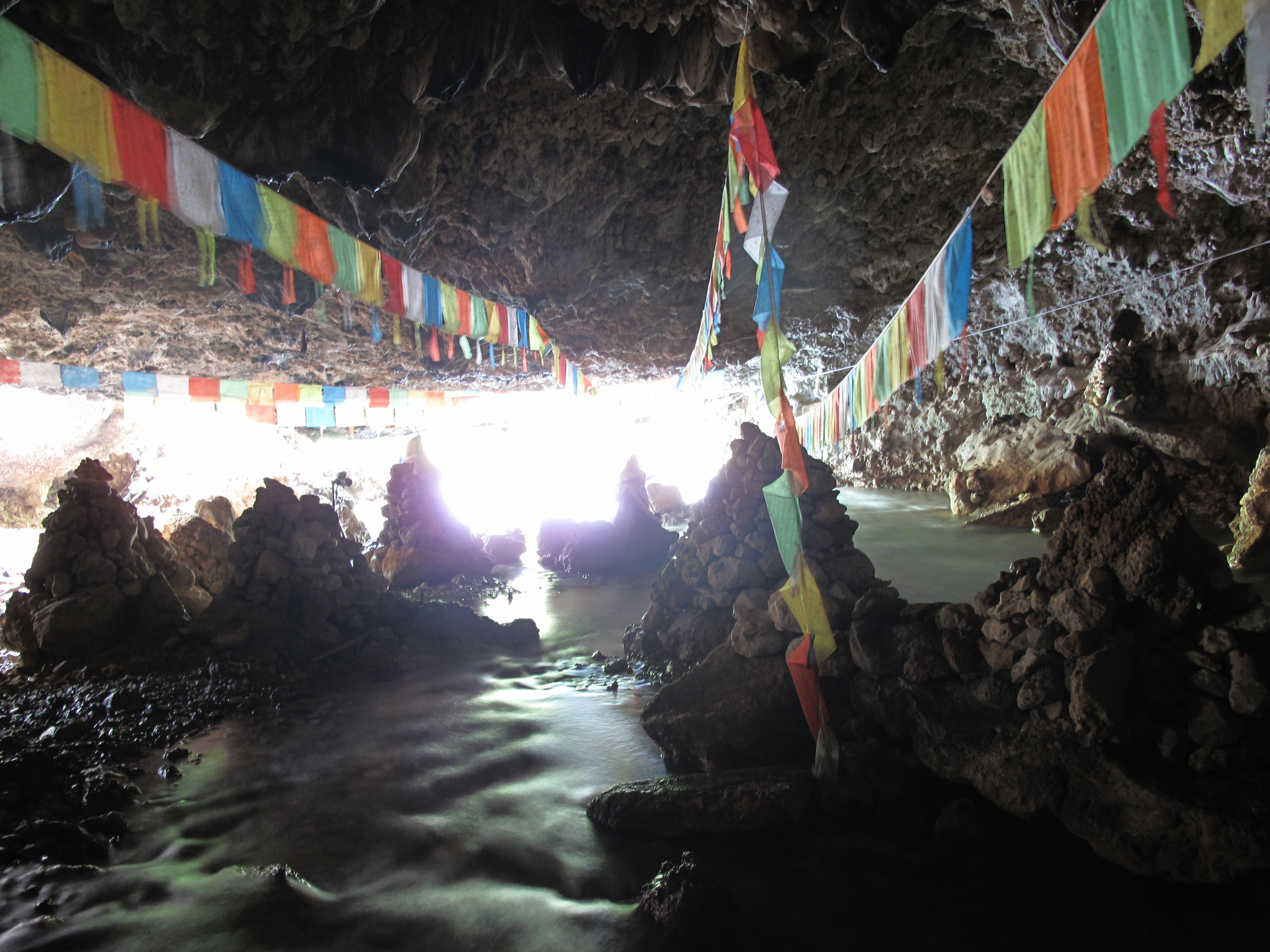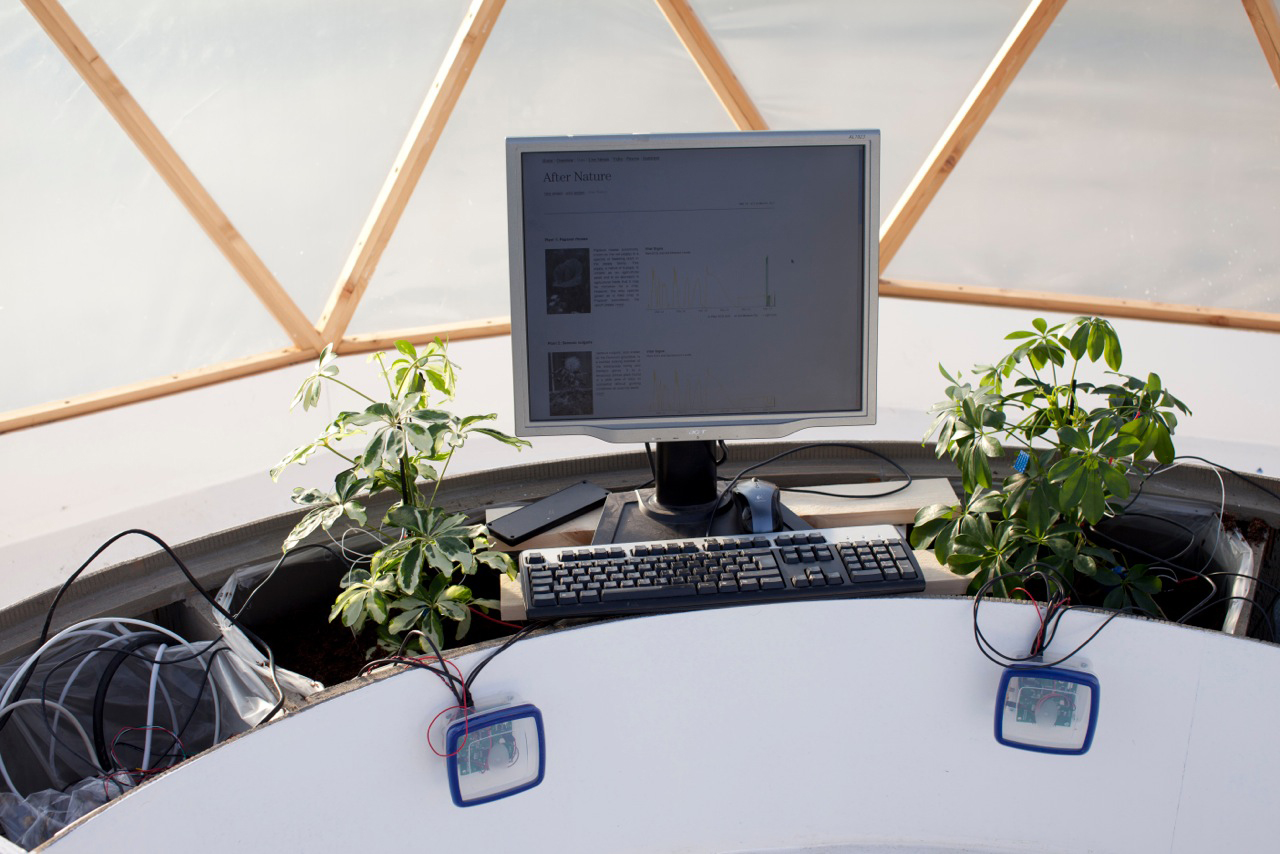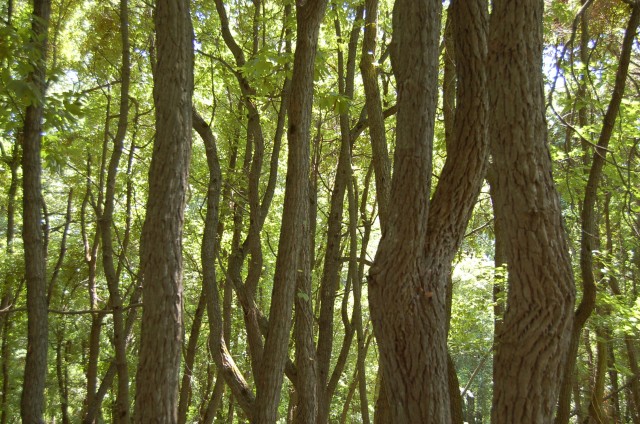On May 31, 2013 The Schuylkill Center for Environmental Education presented Beyond the Surface: Environmental Art in Action – A conference of ideas and innovative thinking about the relationships between art and nature.
This unique, first time conference brought over 100 professionals from the region and beyond (as far as Maine and North Carolina) to hear from the Advisory Team about their own individual practices, and then to join them in conversations. Below are each team members’ presentations, for those of you who wish to hear from them directly.
The afternoon sessions were titled “Activate,” Integrate” and “Engage.” Undoubtedly, this one-day conference has sparked ideas and ways forward to attendees from the cultural and environmental communities. We look forward to continuing the conversations.
Below, are each advisory team member’s morning presentations. Each were asked to speak on the work they do, have done, and speak to the issues pertaining to ecological art.
Lillian Ball
on how she became an ecological artist, focusing on water.
Sam Bower
on things that changed his life: Andy Goldsworthy, Deborah Small, Art as part of a system.
Stacy Levy
on a new kind of art, her own work, and the importance of collaboration and approaches, how artists make nature more visible.
Amy Lipton
http://www.youtube.com/watch?v=D9lVQlC_14w
(we are having technical issues here, but please click on link above to watch this video)
see more about Amy Lipton’s work with ecoartspace
Eve Mosher
on participation, interruption and interaction in her work. Watch her have the audience reflect on their first encounters with nature. See her nine concepts about her practice.
Frances Whitehead
on her work in sustainability, her practice: personal, pedagogical and professional.
This conference was made possible by the generous support of the Pew Center for Arts And Heritage Philadelphia Exhibitions Initiative and The National Endowment for the Arts.





